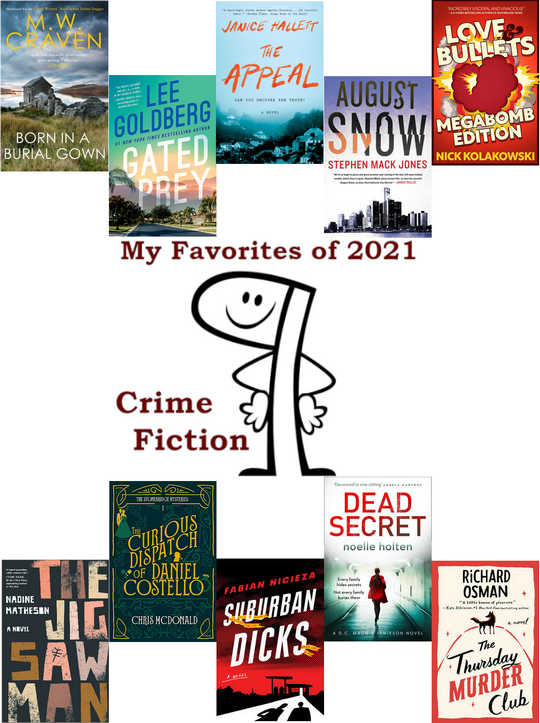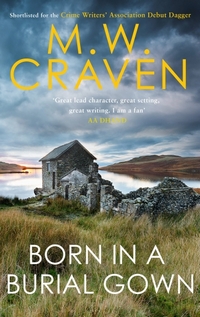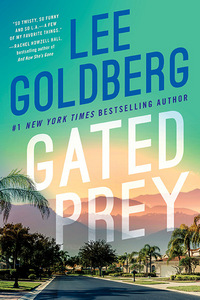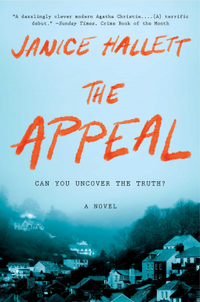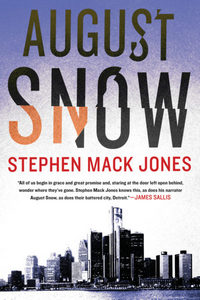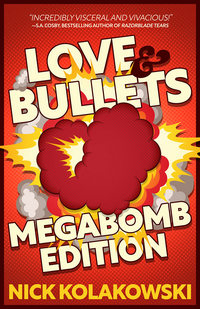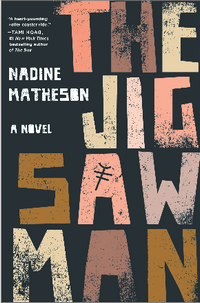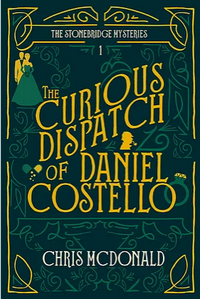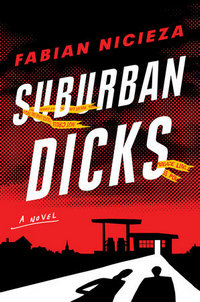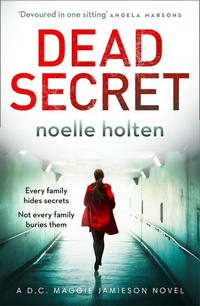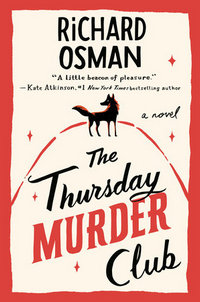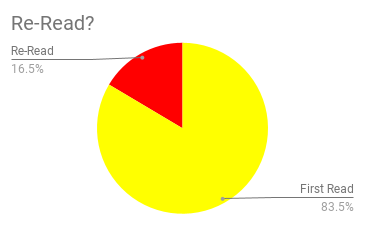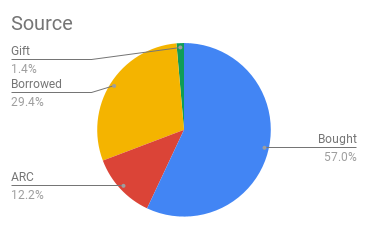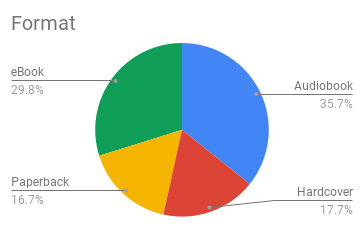 Where the Bones Lie
Where the Bones Lie
DETAILS: Publisher: Datura Books Publication Date: March 11, 2025 Format: eARC Length: 304 pg. Read Date: February 26-Narch 1, 2025

What’s Where the Bones Lie About?
Dash Fuller used to work for a man he compared to Mr. Wolfe from Pulp Fiction, and in his employ would clean-up various messes by celebrities and other movers-and-shakers in L.A. Eventually the work got too much for him and he walked away. He tried to find a new career in Stand-Up comedy, but that’s not going so well. He’s doing better at drinking copious amounts of bourbon to numb himself, and then scurrying around picking up money from delivery driving and other gig jobs at the end of the month to pay his bills.
After one, shall we say, not-good night at a local comedy club two significant things happen for Dash. First, his old boss, Manny, shows up to badger him into doing one more job for him (he’d like more, but will settle for one, for now).
The other spins off of both—another audience member there picks up on some of what Dash does that night (but not all of it, he’s pretty good at what he does) and offers to hire him. After several years where the family had to assume he was dead, Madeline Ironwood’s father’s body has recently been discovered in a barrel found as a nearby lake has receded thanks to water shortages in the state. She’d like Dash to look into it and see if he can figure out what happened to him.
Ken Ironwood was a smuggler, and probably other things. He’s been missing since she was a young girl. He’s noteworthy enough that a true crime docuseries has started recently streaming about him, but not so noteworthy that Dash would’ve heard of him without the billboards all around town (that Madeline had to point out to him). The suspect list was so large that the LAPD and FBI gave up trying to pare down without more to go on than a missing man.
It’s not a lot for Dash to go on, but the money is okay, and it’s something that gets him out of town for a little bit.
The Traumatized Knight
I think it’s pretty obvious that Dash is supposed to be in the Hammett model more than the Chandler, but I’m more familiar with Chandler, so I’m going to lean on what I learned from L.A.’s hardboiled detective/detective-like characters from him.
Dash is a knight—a knight in tarnished, battered, and filthy armor. But a knight nonetheless—he knows how many of his choices didn’t match his ideals and ethics. His ex wondered if the good person inside him could be found—and Dash wonders the same.
This has taken a toll on him—one job in particular, but there’s also the cumulative effect from years of this—and has left him traumatized and self-medicating. This is also common to the hardboiled investigator, but given Dash’s cultural context it seems more apparent (and something he’s more willing to reflect on).
The job that Manny sends Dash on at the beginning brings all the trauma to the surface (it was close to it already, but this gave it the needed nudge). While the focus of the novel—and Dash’s attention—is Madeline’s case and her father’s fate, Dash’s struggles are a shadow over everything he does, over many of his choices (like the one to take the case), and will even interfere with his thinking on occasion.
Again, you see this all over Marlowe’s adventures—but it’s between the lines—I expect the same could be said about Hammett’s characters. But with Dash it’s clearer, it’s acknowledged, and understood—at least by some of the characters.
The Environment
California’s repeated droughts lay the foundation of the investigation into Madeline’s father’s death. The heat in L.A. as Dash and Madeline drive northward is oppressive. Wildfires threaten that city, close in on Dash and Madeline at important junctures in their search—and play a significant outcome in the endgame of that storyline.
This is possibly the most environmentally aware detective novel I’ve read. I’ve read “eco novels” that do a less effective job of addressing these issues. Part of what makes it so effective is that Kolakowski doesn’t get preachy with it, he doesn’t beat you over the head with it—it’s just seamlessly woven into the tapestry of this novel, no more noteworthy than Dash’s bad jokes, or the threat of bent cops. But it’s there. Everywhere.
I’m Glad Someone Asked
One question that had been running in my mind throughout was why Dash turned to Stand-Up, and his narration didn’t choose to reveal it, while it revealed so much about other things.
By the time that someone asked him, I was overjoyed that someone else (even if they’re fictional) had to know. The answer was satisfying enough, and in many ways didn’t tell us anything we couldn’t have/shouldn’t have figured out on our own (especially by that point in the novel), but hearing it from Dash was good.
So, what did I think about Where the Bones Lie?
This just might be the best thing Kolakowski has written so far. Which is likely a sentence I’ve written before—and I meant it then, but time has gone on and Kolakowski has gotten better.
I didn’t end up saying anything about the job that Manny hired Dash for that kick-started this whole novel, it doesn’t take long for Dash to take care of it, and we get an idea of some of the things he’s done in the past (more importantly, some of what he hasn’t done). Some of what he’s seen. This is developed through the course of the novel, too. But it gives us a taste of his old life and shows that he has the tools to build on.
Madeline’s case is the first job he’s ever had for a positive goal—to accomplish something. He’s not trying to prevent embarrassment or scandal—he’s not trying to save some studio a bunch of money, or rescue someone’s reputation, or prevent someone from facing legal charges. Sure, he has the skills—but he has to learn to use them in a different way. Which is a great place to put a character.
The supporting characters are great—particularly the “bigger bad”s (which is all I’m going to say about them). I would love to spend more time with the closest thing that Dash has to a friend, in particular.
With Chandler—like more modern writers like Ellroy or Connelly—you get a real sense of L.A. or California. And Kolakowski delivers the same here. He’s done some really specific geographic work in the past, but outside of geographic markers, I don’t know that I “felt” the area like I do here. (I want to stress that this isn’t intended as a criticism of his earlier work, it’s a compliment and observation about this one).
As far as the ending or resolutions to the various plotlines—some I saw coming, because Kolakowski prepared the reader for them. Some hit me like they came out of the blue (they didn’t, really, but they felt like it). All were satisfying in ways I didn’t expect really. There were lines that you could see Chandler writing—if not word for word, at least close paraphrases. The spirit of that age lives on in these pages.
His history suggests that the next work by Kolakowski will be something else entirely—probably not a cozy, but something he hasn’t delivered yet. But if he wants to do more like this, I’ll be first in line for it. Meanwhile, you should focus on getting this book in front of your eyeballs.
Disclaimer: I was provided with this ARC by the author in exchange for my honest opinion. The only impact this had on what I said about the book was that I could say it before I could buy a copy.

This post contains an affiliate link. If you purchase from it, I will get a small commission at no additional cost to you. As always, the opinions expressed are my own.
![]()



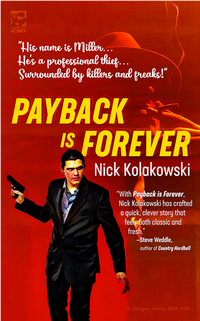


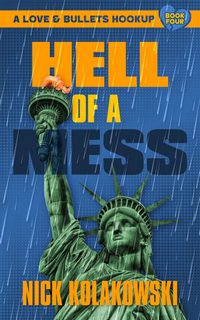


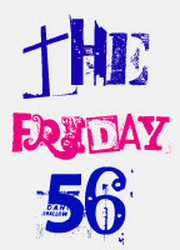
 Grab a book, any book.
Grab a book, any book.